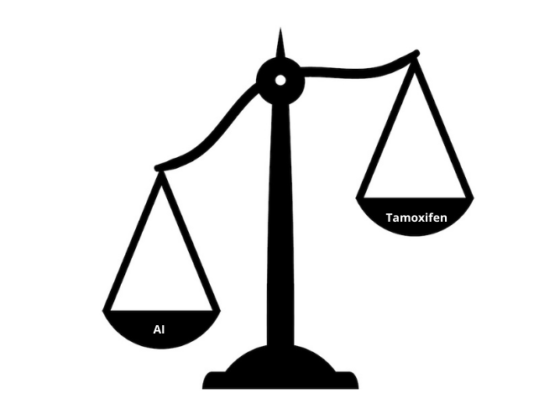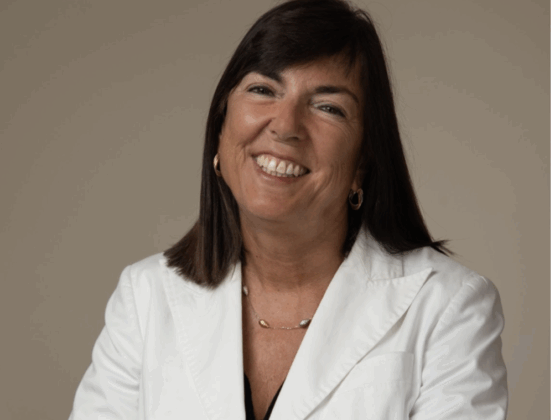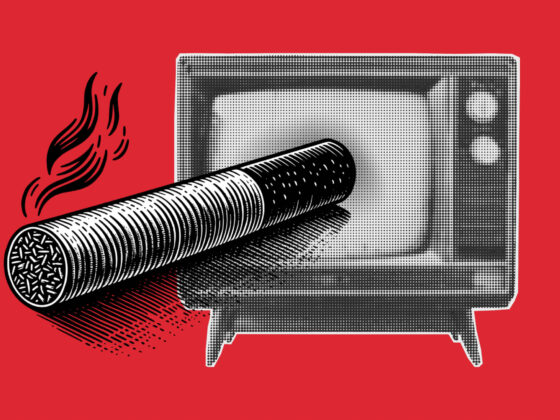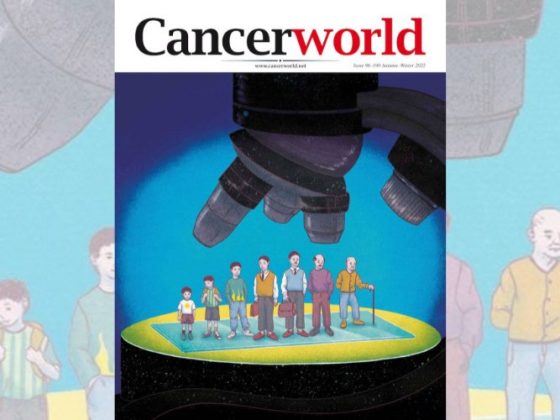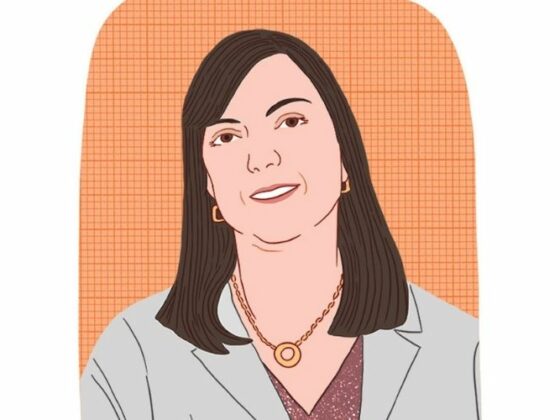Women are under-represented in positions of power and leadership, in scientific and health disciplines across the world. This has been widely recognised for decades, yet efforts to implement the changes required to give women a fair chance have met with limited success.
The topic has been covered by many major journals along the years. Nature ran a special issue on Women in Science: Women’s Work back in 2013. The editorial made clear the scale of the problem. “Science remains institutionally sexist. Despite some progress, women scientists are still paid less, promoted less, win fewer grants and are more likely to leave research than similarly qualified men. The reasons range from overt and covert discrimination to the unavoidable coincidence of the productive and reproductive years.”
A 2018 paper in PlosOne threw some light on one aspect of relevance to academic career progression, with an analysis of Gender disparities in high-quality research revealed by Nature Index journals. Being listed as an author in papers published in high-impact journals is important for grants and advancement, and the position an author appears in the list matters. The PlosOne study authors note that first and last positions tend to carry the highest prestige, commonly denoting the person whose work underlies the paper as a whole (first), and a person whose work or role made the study possible without necessarily doing the actual work (last).
They found that women are underrepresented in prestigious authorships compared to men (Prestige Index = -0.42), with only one-third of first authorships and less than one-fifth of last authorships being held by women. A citation analysis also showed that articles with male key authors are more frequently cited than articles with female key authors.
An editorial published in July 2018 by Nature Medicine, titled Actionable equality, suggested that equality is achievable. It looked at the range of obstacles that can deter women from pursuing a career in science at the highest levels, but also at the range of initiatives in play to overcome those obstacles and promote greater equality.
In 2019, The Lancet published an entire themed issue on Advancing women in science, medicine, and global health, which carried a only small selection of the more than 300 contributions from over 40 countries that the journal had received in response to its call for submissions.
In the same year Cancer World devoted one of our cover stories to the topic of How to close the gender gap in oncology. And in 2020 we looked specifically at why women are so poorly represented at top levels in surgical oncology, and what needs to change to remedy the situation.
And yet the inequality persists, and the signs are not encouraging. A study published in one of the JAMA journals at the end of 2021 shows that the gap is likely to continue unless more decisive action is taken, and that the problem is much worse in academic compared with purely clinical oncology careers. Its key findings included that women are particularly underrepresented in leadership roles, occupying 31.4% of chairs in medical oncology, 17.4% in radiation oncology and 11.1% in surgical oncology; that 20% of female academic oncologists surveyed were considering leaving academia; and that more than half of the survey respondents thought they were less likely to be promoted than male colleagues.
This is a global problem, and in 2015 the United Nations launched the first International Day of Women and Girls in Science, as a focus to draw attention to the problem and potential solutions on February 11th every year.
This year Cancer World marked that day by searching through interviews we conducted with women who helped transform oncology over the past two decades, to see what they could tell us about the challenges women face in building a career in oncology. Their testimonies, published under the title On being a woman in oncology: in their own words, are genuinely inspiring, but also help explain why the gender disparities remain, and point the way to some solutions.
There can be no ‘quick fix’ to ending gender disparities. What it comes down to is determined and consistent attention, awareness, and a will to go the extra mile to disrupt a status quo that favours men over women, and give recognition and opportunity to people based on the value of their contribution.
Illustration by: Maddalena Carrai
We can all do our bit. Here are a few tips
- Don’t accept ‘male-only’ panels in conference sessions. Call out those who do. The #allmalepanel hashtag on Twitter is an effective way to do this
- Make a consistent and conscious effort to support and promote women into leadership roles
- Ensure women get the mentorship they need through their studies and careers
- Be fair in allocating positions of authorship in published papers ‒ what counts is their contribution, not their sense of entitlement
- Journals can give women leaders in their field greater profile and voice by encouraging them to submit editorials
- Funding bodies should pay attention to equal opportunities and should encourage appointing women principle investigators in teams applying for research grants
- Review committees should seek a gender balance
- Association boards of directors should seek a gender-balance
- Women should have equal pay: the persistent pay gap between men and women doing the same job is completely unacceptable
This editorial draws on an earlier text written in 2019 by Adriana Albini and Alberto Costa.


